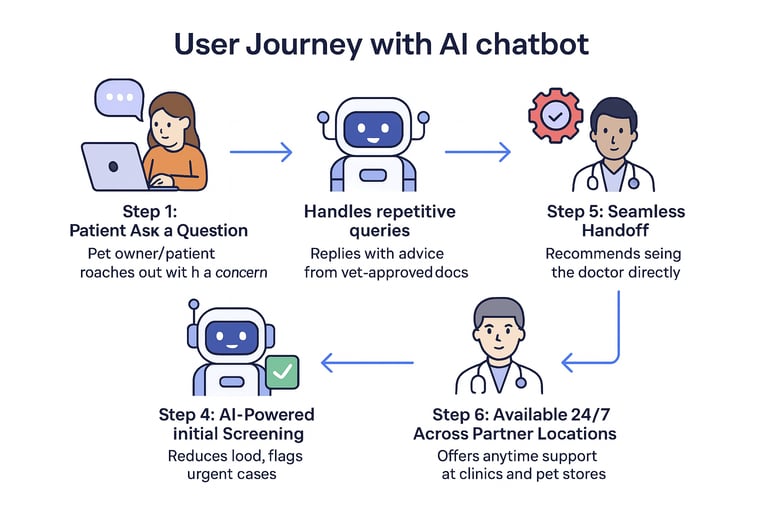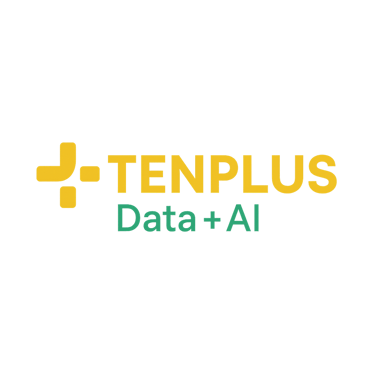Our Innovative Solutions
Unleashing the Power of Digital Transformation
Flight Risk Assessment Tool with AWS
Drones have become increasingly popular for various applications, such as aerial photography, delivery services, and surveillance. By calculating both air risk and ground risk, drone operators can make informed decisions and implement necessary precautions to ensure safe flights.
This project involved gathering flight data, processing it using the AWS cloud, and generating a real-time assessment map of the neighborhood. It enables the identification of potential hazards and the development of strategies to mitigate them.
We worked with Overheadintel to develop the product using AWS Glue, S3, Lambda, emails, Sagemaker notebooks, and many other services.


Precision Agriculture with Databricks
Various sensors are used to collect data from tractors in the field and predict the yield. By analyzing various factors such as soil conditions, weather patterns, and tractor performance, we can develop predictive models and reports to improve the yield.
Databricks is used as the data platform. It provides us with a powerful platform for data collection and analysis, allowing us to gather important information from the tractors as they work in the field. With Databricks, we can leverage the power of data to improve agricultural productivity and ensure efficient use of resources.
We worked with Hexagon to develop the services and add the Databricks capabilities to it.


From Manual to Real-Time: Centralizing Kipu and Dazos Data for Scalable Healthcare Insights
In modern healthcare operations, real-time access to cross-platform data is vital for informed decision-making. In this blog, we will explore a production-grade solution that we implemented to centralize data from Dazos and Kipu, two key healthcare platforms, using Azure Data Factory (ADF), Azure Functions, and Databricks. This centralized approach automated the reporting process, ensured high data quality, and made real-time insights accessible across departments.
Description
This project aimed to unify siloed healthcare data from Kipu and Dazos—two widely used EMR and operational systems in addiction treatment.
The core challenge was the lack of centralized, real-time reporting for clinical and operational decisions. Data was previously exported manually from web interfaces, often delayed and error-prone. Using Azure Data Factory (ADF), APIs from Kipu and Dazos were connected via token-authenticated, paginated requests. Raw JSON was ingested and orchestrated through ADF pipelines for repeatable, scalable ETL execution. Azure Functions cleaned and normalized data, converting complex JSON into tabular formats with audit logs. Malformed or incomplete records were logged for downstream inspection, ensuring data quality.
Databricks Notebooks then applied business logic and transformations using Spark SQL. Deduplication, hierarchical flattening, and rule-based enrichment were handled efficiently in Delta format. All stages were monitored using ADF logging and Log Analytics, with alerts routed via Microsoft Teams. Pipeline runs were scheduled based on data volume, ensuring timely updates. Power BI dashboards were built on top of the final curated layer for real-time analytics. Clinicians and operations teams now access self-service reports segmented by clinics or providers.
The organization eliminated manual reporting and improved data freshness dramatically. This solution enabled scalable, automated decision-making across both platforms.
For detailed technical solution, please refer to below link,
AI Chatbot for Patient Care Using RAG Architecture
Description
As healthcare becomes more digital and patient expectations continue to grow, intelligent systems like AI-powered chatbots are transforming the way we deliver medical guidance and streamline access to clinical knowledge. AI chatbots in health care are designed to assist patients by providing reliable, context-aware suggestions based on medical documentation supplied by practicing doctors.In this post, we’ll walk you through the technical architecture, design decisions, and tools that powered this solution — including Retrieval-Augmented Generation (RAG), LLMs, embedding databases, and a Streamlit-based front end.
In this episode, we explore how AI is transforming pet care communication. Veterinarians and clinic staff face constant pressure from high volumes of repetitive queries — often minor, yet time-consuming. At the same time, pet owners want fast, trustworthy answers when their furry friend isn’t feeling well. That’s where our AI-powered pet care chatbot steps in. From answering common questions like “Why hasn’t my dog eaten today?” to flagging emergency symptoms, it delivers smart, context-aware responses 24/7. The chatbot learns from each interaction — handling follow-ups with memory and adapting guidance as situations evolve. When necessary, it logs the conversation and escalates to a vet seamlessly. The result? Faster help for pet owners, less strain on doctors, and better care for pets.
Join us to see how AI bridges the communication gap in veterinary care.
📍Available across clinics and partner pet stores
⏱ Always on, always helpful
User Journey:
Let’s walk through a typical user experience that highlights how AI chatbot enhances healthcare interactions:
Patient Asks a Question
A pet owner visits the clinic's portal (or partner pet store site) where the chatbot is installed. They have a minor concern — “My dog seems a bit lethargic and hasn’t eaten today. What should I do?” Chatbot processes the question using prompt processor and gives a context-aware response using the knowledge base it has. In case of emergency situations, chatbot directs the patient to the right specialist.
Handles Repetitive Queries
Chatbot quickly recognizes this as a frequently asked question. Using its embedded knowledge from vet-approved documents, it:
Provides a gentle, well-informed response.
Suggests basic steps (e.g., monitoring hydration, checking temperature).
Cites documentation that explains possible causes.
Context-Aware Follow-Ups
If the user returns after a few hours saying, “It’s still not better,” the chatbot:
Understands the previous discussion.
Adjusts its recommendations accordingly.
Advises the user to prepare for a physical consultation.
AI-Powered Initial Screening
By handling initial screening, chatbot reduces the load on doctors, flags urgent queries, and keeps a transcript of the conversation i-e, making it easy for the doctor to catch up if needed.
Seamless Handoff
If the problem persists, chatbot politely concludes:
“I recommend speaking with the doctor directly at this point. I’ve logged your symptoms for a faster consultation.”
Available 24/7 Across Partner Locations
Whether it’s midnight or a weekend, patients can get basic guidance at any time, thanks to Dr. Steve being embedded across multiple pet stores and clinic sites.
Value Delivered
Doctors save time by avoiding repetitive consultations
Patients feel heard immediately and are guided thoughtfully.
Clinics provide 24/7 triage and support with minimal overhead.



